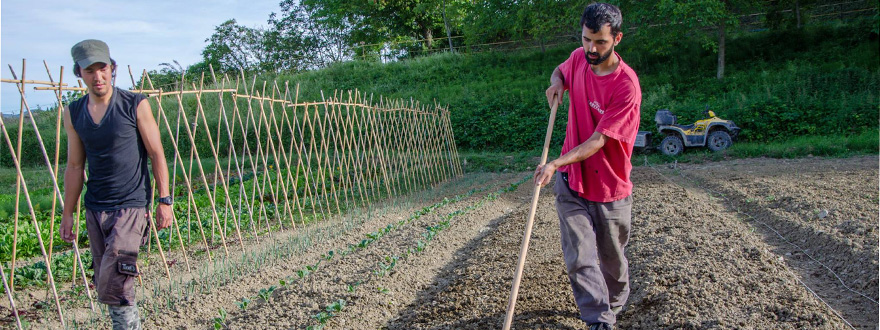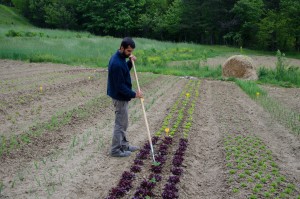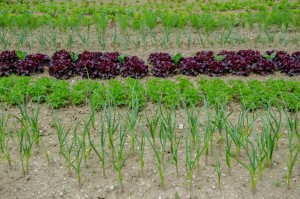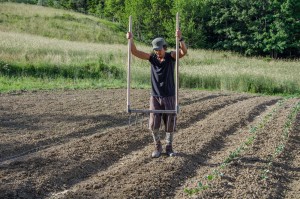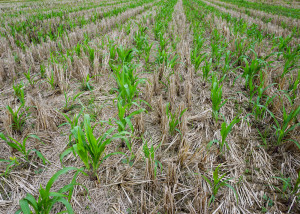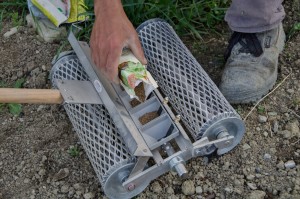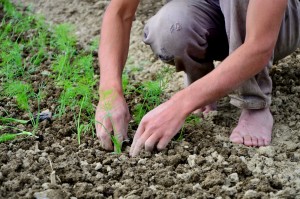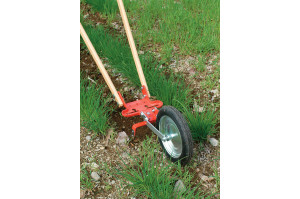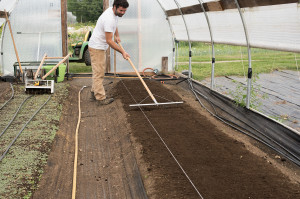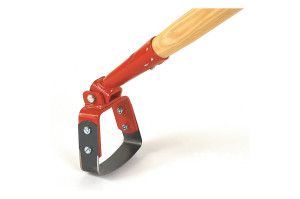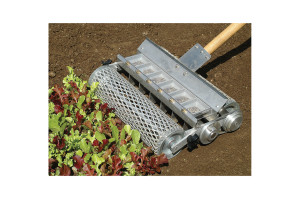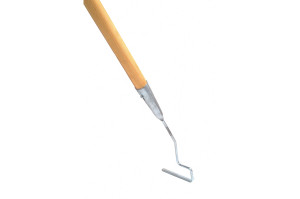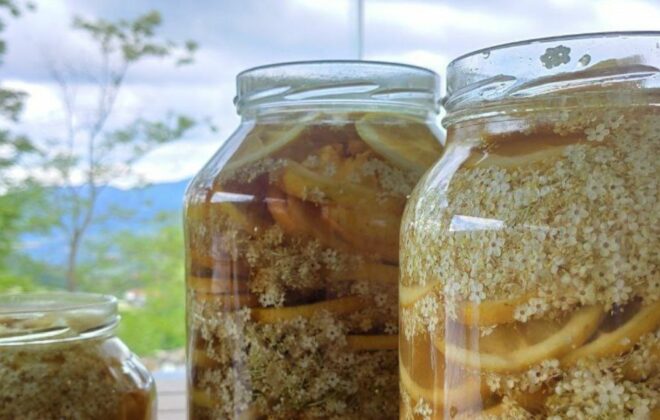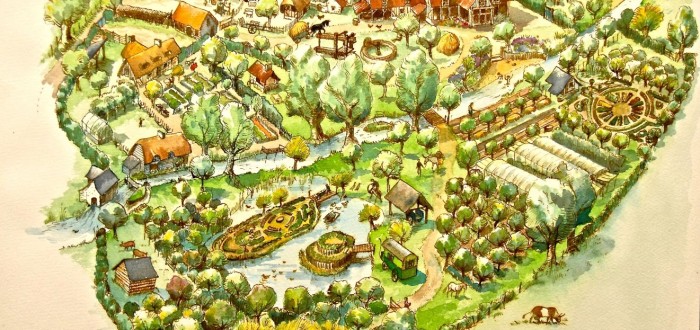The right tools for market gardens and no-till agriculture
As we know, there are many different ways to do agriculture and cultivate, but not all of them are respectful of nature and biodiversity. On the other hand, there are methods that not only don’t impact the environment negatively, but even promote soil fertility, biodiversity and improve the quality of the entire ecosystem in the face of greater productivity and lower costs. An example is represented by market gardens and no-till agriculture.
Market gardens: more crops in small spaces
It is based on the “double excavation” method, a way to prepare the soil at a depth of about 60 cm to make it more porous to water and air. In this way the plants to be cultivated can be closer because they are able to reach more nutrients, retain more water and have more space to grow. The result are crops that are 4 to 6 times more abundant than traditional agriculture.
In a market garden there are no monocultures. Indeed, plants are associated to attract beneficial insects, produce nitrogen in the soil, cover the soil, etc. creating as much biodiversity as possible and taking advantage of the characteristics of each crop. No machinery is used because it is not possible to mechanically harvest such a variety of plants and vegetables that share the same soil. The savings in terms of costs, energy and water are therefore considerable. The advantages are also for the soil, which improves its structure and is enriched with organic matter and nutrients.
No-till agriculture
The cardinal principle of this method is that plowing destroys the organic matter of the soil, and promotes its loss of fertility and erosion. In no-till agriculture, the remains of the previous harvest are left on the ground with the double function of covering (mulching) and fertilize. We then proceed to sowing with special seeders capable of burying the seeds. Over time, a compost layer will be formed capable of protecting the soil from erosion, wind and water, also lying at a constant level of temperature and humidity. Finally, it is right to give importance to crop rotations between more than two species to guarantee the soil a constant biodiversity and a supply of nutrients.
One of the greatest advantages of no-till agriculture is certainly the reduction of production costs (tractors, fuel, etc.) and consequently also a reduction of CO2 emissions, which makes it a valuable ally in the fight against climate change.
The most suitable tools
Now let’s look at the tools that can help us with market gardens and no-till agriculture. All the items listed here are made by the American company Johnny’s Selected Seeds, which has been producing high quality fruit and vegetable seeds and tools for natural and no-till agriculture for more than 40 years.
Newsletter
ARGOMENTI
- Activities (8)
- Attività (10)
- Attrattive (16)
- Cosa fare (22)
- Farm products (4)
- Fattoria dell'autosufficienza (62)
- Fattoria dell'autosufficienza (40)
- Fauna (8)
- Flora (5)
- I nostri modelli (15)
- Istruzioni per viaggiare (2)
- News (63)
- News (97)
- Our models (14)
- Permacultura (30)
- Permaculture (23)
- Prodotti della fattoria (4)
- Senza categoria (2)
- Senza categoria (4)
- Things to do (22)
- Tourist attractions (15)
